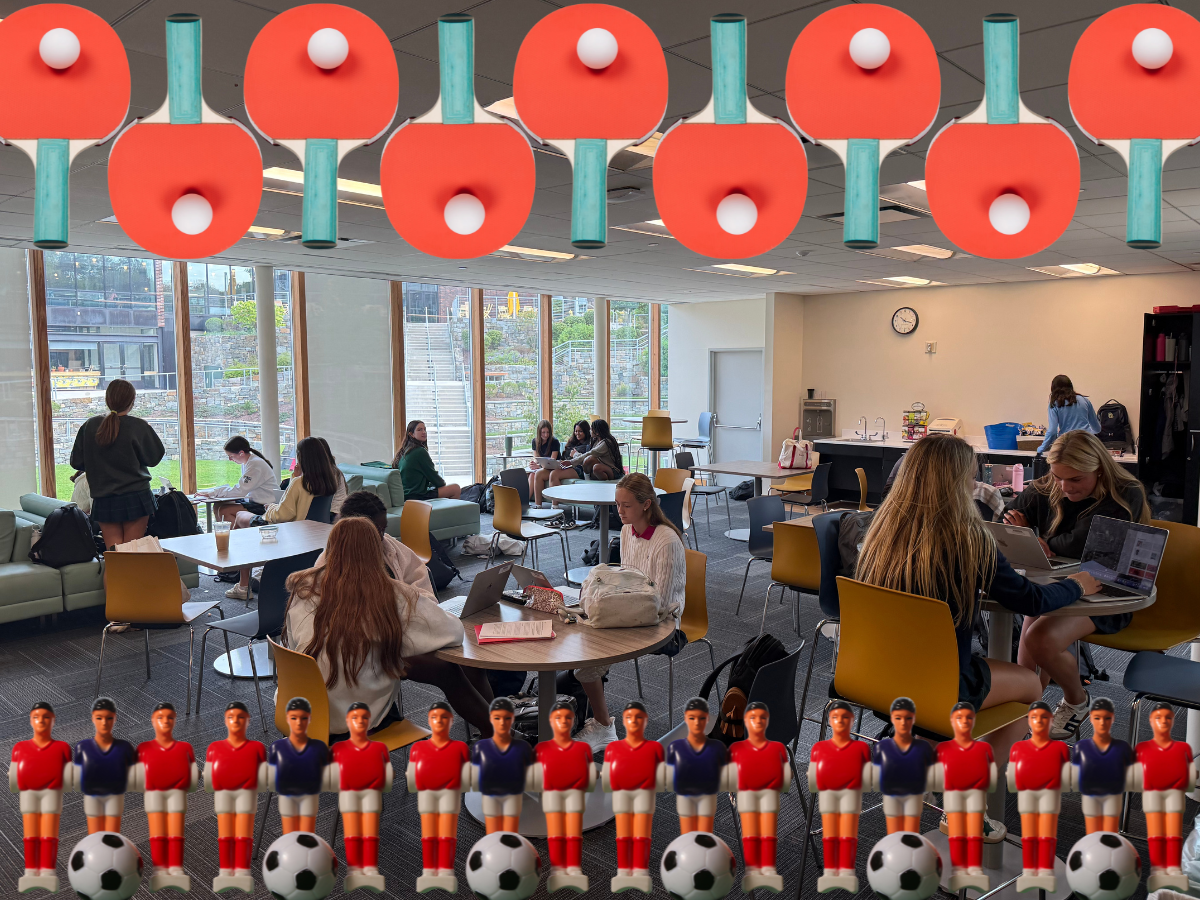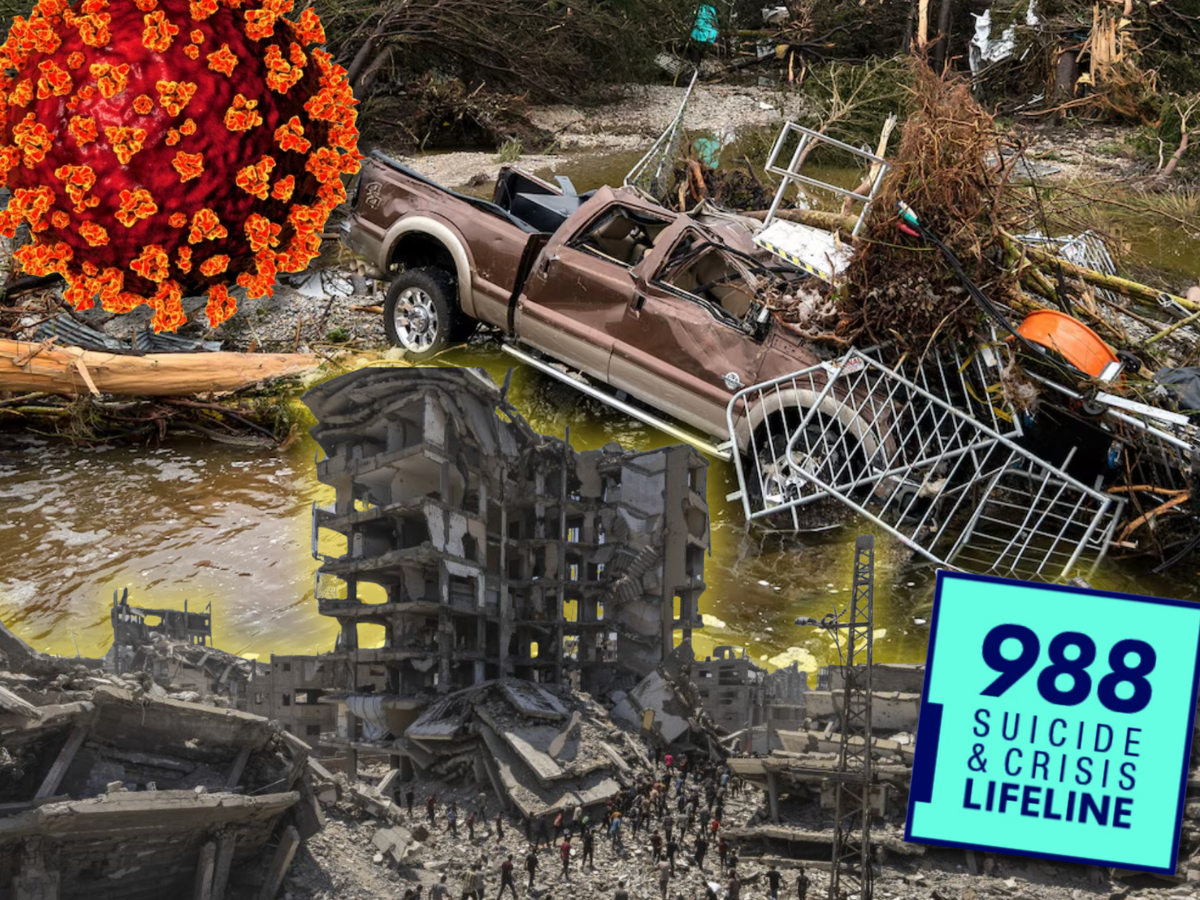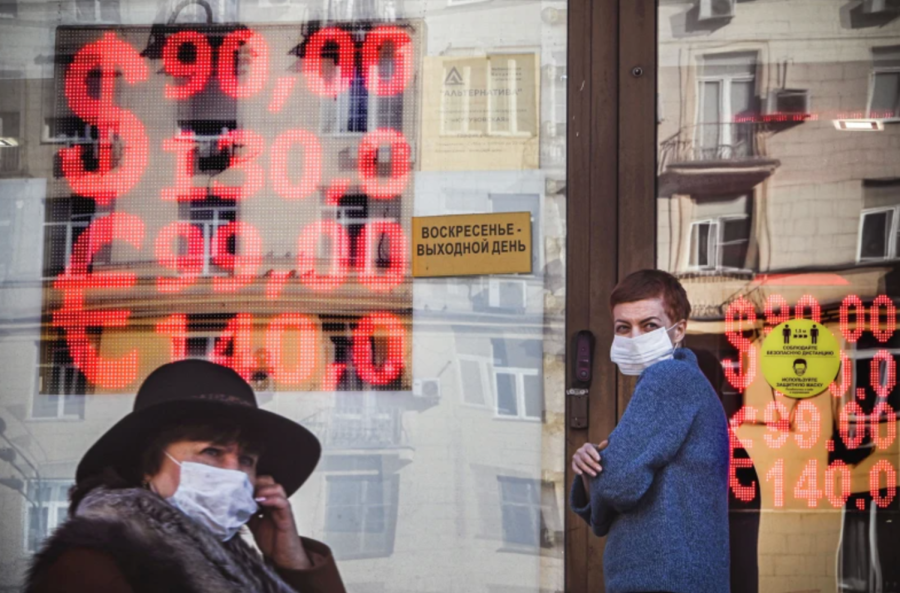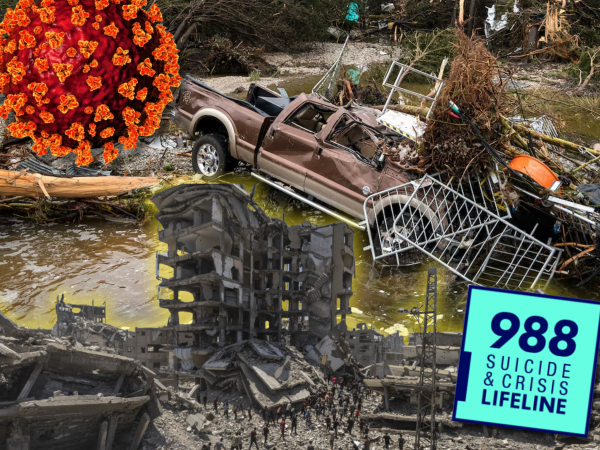International Crisis: The Earthquakes in Syria and Turkey
You have likely seen the devastating footage on social media of mountains of rubble, rescuers crouching by makeshift fires, and people crying for lost family members in Turkey and Syria. At 4:17 AM on February 6, a 7.8 magnitude earthquake hit areas surrounding Nurdagi, rippling through southern and central Turkey and northern and western Syria. According to NPR, seismologists were aware that pressure had been building around the border of Turkey and Syria but weren’t able to predict when the “long-overdue” quake would hit. The Arabian Plate and the Eurasian Plate are slowly colliding, causing a series of faults. The “slip-strike” earthquake occurred at their meeting, the worst Turkey (an area especially prone to seismic activity) has seen in decades.
Nine hours later, a second 7.5 magnitude earthquake hit Syria in the early afternoon. This quake was not considered an aftershock, but rather a secondary earthquake triggered by the first one, not 60 miles away. There have been hundreds of aftershocks, some enormous and others smaller. Aftershocks tend to decrease in intensity as time goes on, but still pose a very real threat. More than 6,500 buildings have collapsed and death tolls keep mounting, from 5,000 to 15,000 to now well over 33,000.
A severe lack of rescue teams coupled with below-freezing temperatures meant that finding survivors under the rubble is a slow and thankless task. In addition, the odds of finding people alive are slowly dwindling as several days have passed since the disaster. Many survivors have been sleeping in their cars without heat, either because their homes have collapsed or because they’re afraid of their home collapsing. A lack of critical infrastructure had caused some survivors to flee the cities and are quite literally living in the dark in communal, crowded tents, as survivor Salwa Abdul Rahman describes in the New York Times’ podcast The Daily.
Because of Turkey’s earthquake-filled history, the government has a series of seismic building codes, but many buildings predate these codes, so they are especially vulnerable to seismic waves. Not only that, but illegal building is also a huge problem in the nation, leading experts to worry what aftershocks could do to the buildings that aren’t up to code.
By now you’re probably wondering what you can do to help. New York Magazine has put together a list of trustworthy humanitarian and medical organizations that are actively helping people in Syria and Turkey. Also, take part in dialogue about the disaster on social media to find more ways to help out and spread the word to friends and family members and encourage them to donate.
One small silver lining of this disaster is the outpouring of international support for Turkey from countries, humanitarian organizations, wealthy donors, and the general public. Turkey’s position as a member of NATO and relatively friendly relationships with most countries has helped facilitate this enormous aid. However, war-torn Syria’s rocky relationships with other nations have led to a severe lack of aid and gridlock. Many Syrians are left to dig their own family members out from under the rubble and build fires out of the remains of their homes for warmth. They watch the pieces of their life burn away as they wait for help that won’t come. Hear more of their stories here.
In a time of such unimaginable loss that has affected more 24 million people, it’s important to forget politics and biases for a moment and remember our humanity.





































